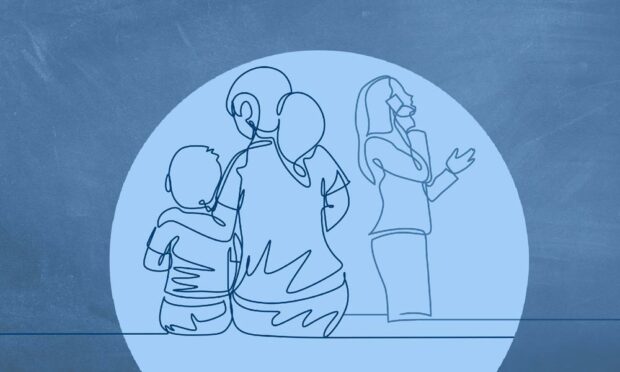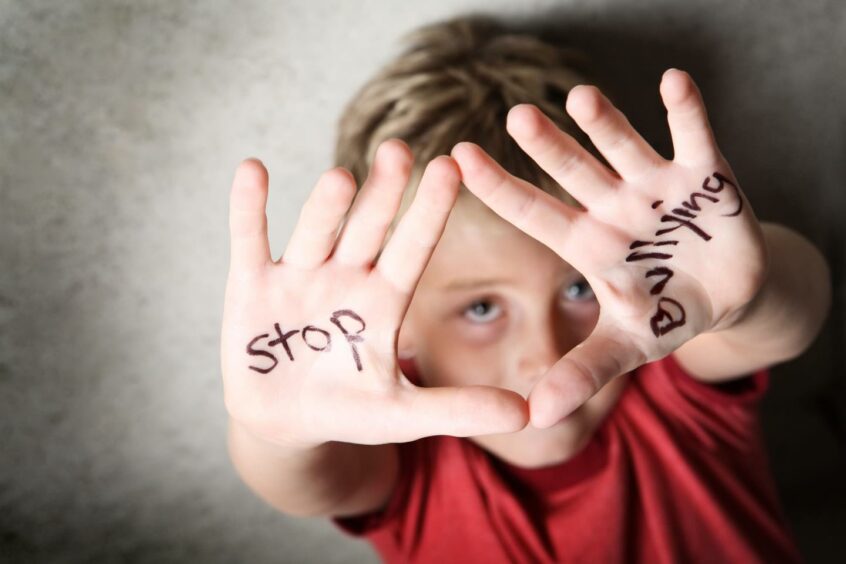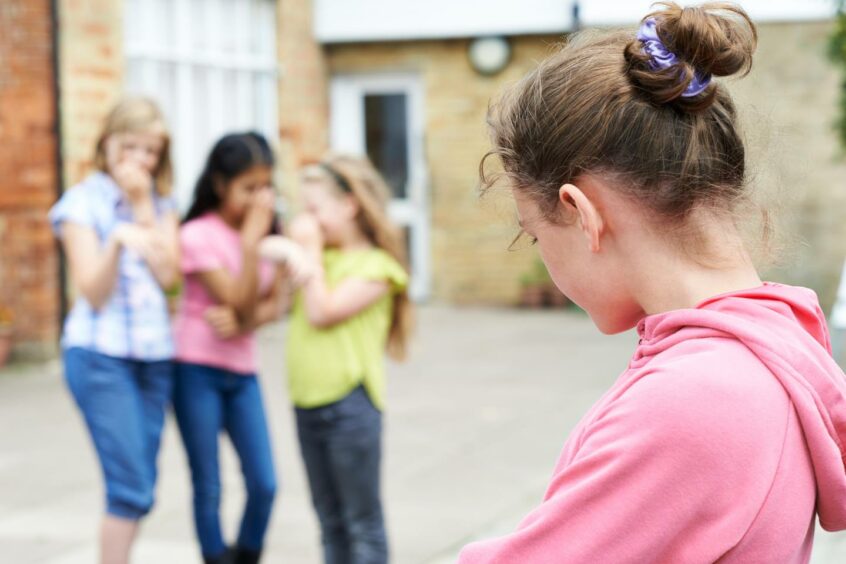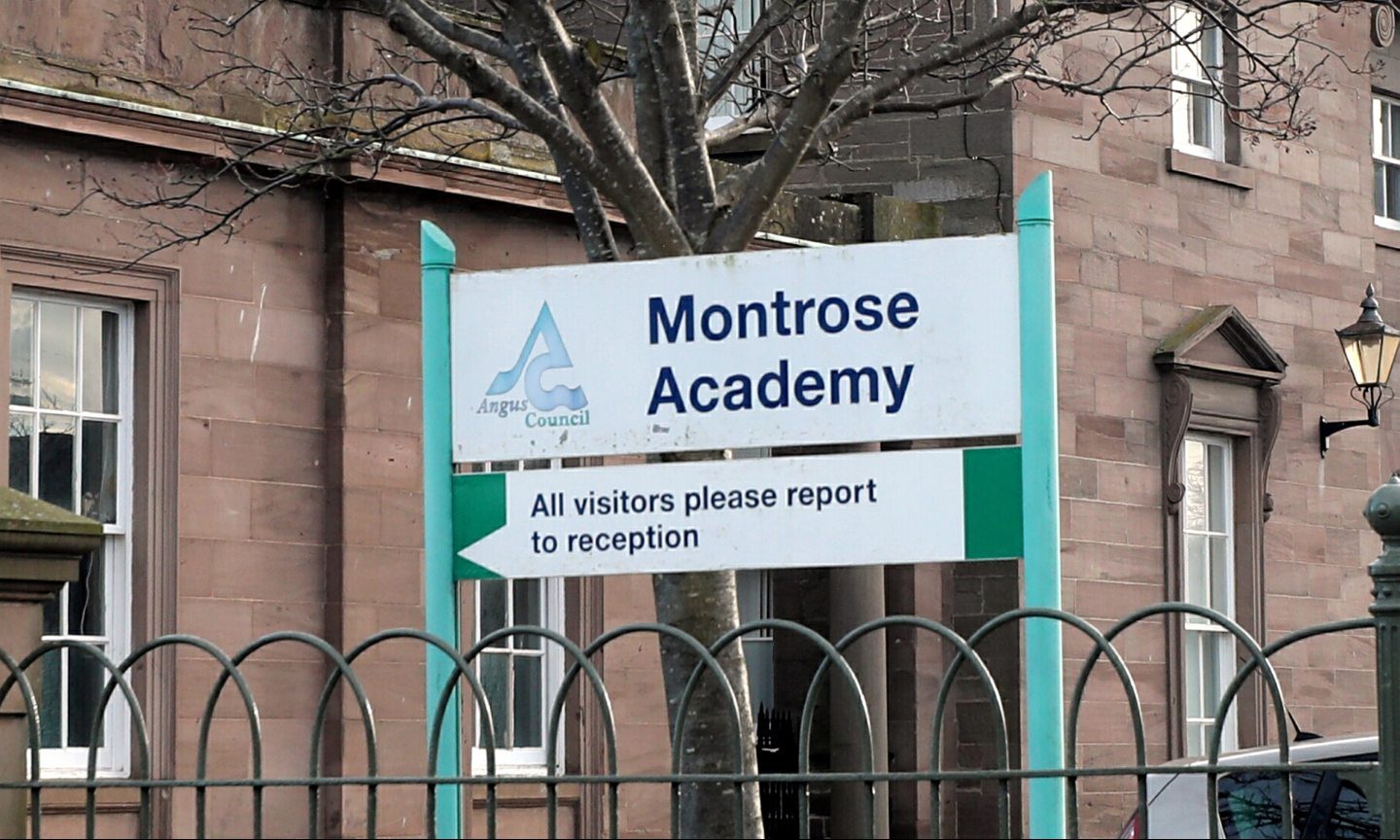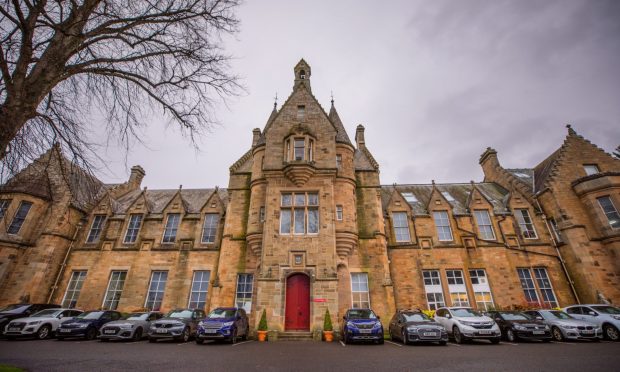Discovering that your child is being bullied can be devastating. However we have compiled a step-by-step guide on how to report bullying to schools and police.
Your first reaction may be anger or shock and you may instantly want to try to resolve the problem by approaching the parents of your child’s tormentor.
But in the first instance, contacting the school, local authority or even the police could be more effective.
The first step should always be listening to your child and ensuring you have a detailed list of everything that has happened.
That way you can sit down with them and discuss what they would like to see happen.
Record details of bullying
It is important to keep a log of every incident you are told about by your child.
This can include specifics of what the bullies have been saying or doing. Include any dates, times and places.
Familiarise yourself with the school’s anti-bullying policy so you can understand the steps that might be taken in dealing with the bullying.
Reporting bullying to school
If the bullying is occurring at school, your first action should be to contact the school and make an appointment with the head teacher or guidance teacher.
You will be able to outline everything your child has told you and find out how the school plans to tackle it.
The school may already be aware of the incidents and have a plan to help.
Keep a note of anything the head teacher says they will do to rectify the issue, and be clear that you would like to be kept in the loop as much as possible as you intend to hold them accountable.
When to involve the education department
If the bullying escalates or you feel like there has been no resolution after checking in with the school, it is time to move up the chain of command.
Contact your local authority’s education department and request to speak with someone about bullying.
Calmly explain what has happened, and why you are unhappy with the outcome.
Without displaying frustration, explain to them how they can help and have a constructive conversation about what can be done.
When to report bullying to the police
There is no legal definition of bullying – but it does not mean that bullying cannot be a criminal offence.
Bullying that can be categorised as a crime typically involves violence or assault, theft, harassment or intimidation over a period of time, according to the Anti-Bullying Alliance.
Hate crimes, such as homophobic or racial bullying, could also be subject to punishment.
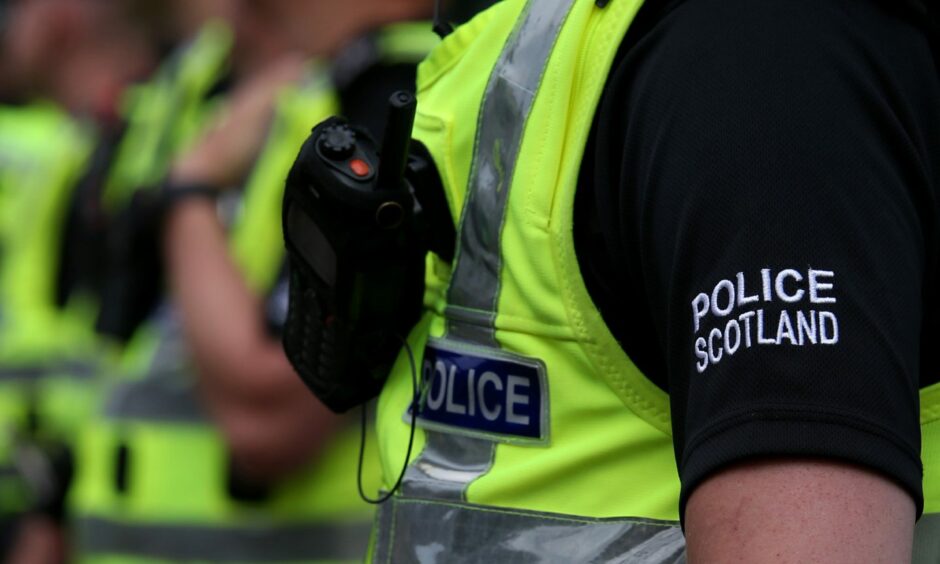
Incidents that occur outside of the school, online or by phone may not be dealt with by the school and in these cases, you may want to involve the police.
Face-to-face bullying can escalate from the school playground to the local playpark. And when it does, it may be time to ask the police for assistance.
Before contacting the police, it is worth ensuring you have established all of the facts so that you can help them with their investigation.
Anyone who witnesses bullying should report the incidents to a relevant authority, such as teachers, police or parents.
Scotland’s anti-bullying service RespectMe offers guidance for young people who are experiencing bullying and their parents and teachers.
If you feel like the bullying you witnessed at school or online was a hate crime, you can also report it to Police Scotland via 101.
Childline support young people with any worries they may experience, including mental health and bullying.
They can be contacted confidentially on 0800 11 11 or use their free 1-2-1 counselling service.
Read more from our bullying series
- ‘Mummy I just want to die’: Devastating words of Fife girl, 7, after years of bullying
- Bullying in schools: Our survey reveals 9 in 10 parents do not think schools can effectively tackle it
- Bullying advice: How to help children who are being bullied
- Types of bullying: What is classed as physical, sexual and prejudicial bullying?
- Devastating effects of bullying on children in the short and long term
- Autistic Angus teen terrified to go to school as pupil threatens to ‘kill him’
